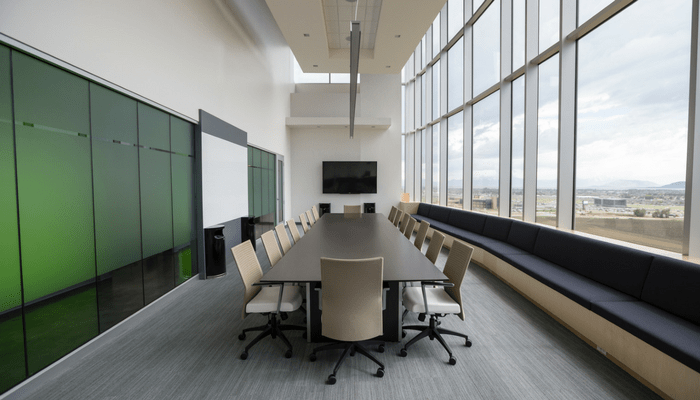
Time can be both our greatest asset and scarcest resource in life. All time is fragile, and that includes company time.
With an eight-to-five framework, it can be all too easy to fall prey to the mistruth that all work-time is equal. We’re naturally more productive during some hours than we are in others. Each hour brings its own challenges and opportunities, motivations and detractors. Instead of navigating this productivity-minefield blindly, it’s best for us to identify our most valuable time so we can protect it.
For most, our most productive hours are in the morning. This is when our minds are fresh and our motivation is at its peak. For a few, this time might be later in the day when the office quiets down. Whatever the time is, it should be timeblocked for our most important tasks. Everything that is non-essential should be tossed to the side and rescheduled so those hours can be spent working toward our ONE thing. But the struggle doesn’t stop there.
In order for our timeblocks to be effective and efficient, they need to be jealously guarded. We need a bunker where we can be protected from outside and internal interference, so we can ensure our attention will be directed on what counts the most.
The steps to building a personal bunker are proven to successfully protect our time, but implementing this practice into a company’s culture can be a hurdle for businesses to overcome, but it is possible. When everyone in your company has their own place, their own time, where they can find focus, everyone wins. Stress and burnout are avoided, and progress is made.
If you’re looking to build a bunker for your employees, consider the following suggestions on how to get started.
1. Ban Long Morning Meetings
Too often team meetings are set first thing in the morning. While a short, fifteen minute meeting in the morning can help people start the day off on the right foot and boost in morale, long meetings can have the opposite effect.
The first few hours of the day are our most productive, and should be our top priority. Oftentimes when those hours are take away from us, it can be difficult to get our day back on track. Or if a morning meeting interrupts our most important time, our flow can be disrupted and it can feel impossible to get going again.
Encourage your team to do their best by putting an end to morning meetings.
While this may not work 100 percent of the time, the truth is that most of our meetings can be rescheduled in the afternoon — after a full and productive morning. Not only will there be more to discuss, but you can lay the groundwork for the next day and recharge the office during the dreaded post-lunch slump.
2. Make it Okay to Ignore Emails
While we don’t suggest ignoring all emails indefinitely, responding immediately to every “ping” in the corner of our screen can slow us down immensely. Every time our concentration is broken, it can take a considerable amount of time to refocus our thoughts.
Instead of instilling a company culture where every email needs to be given immediate attention, designate a set block of time for email batching. Using a timer, encourage employees to timeblock small parts of their day for checking and responding to emails. When that time is up, insist that employees leave their email alone until the next designated block.
With a designated time, you’ll help rid yourself of the bad habit of multi-tasking. And with your attention undivided, you’ll likely find it easier to hammer out responses and easily discern between high-priority and low-priority messages.
3. Instead of Meeting, Have a Huddle
Work fills the time allowed. The same is also true for meetings.
Shorter meetings can sometimes mean a more productive meeting. When they are too long, frequent or vague, team members will find ways to avoid them. While it’s important to get face to face with your employees, ask yourself whether what you need to discuss warrants a full meeting or if it’s something for a quick huddle.
Huddles are speedy, informal meet ups. When the need arises, find a time of the day that isn’t likely to disrupt your team’s flow. The location doesn’t really matter. Huddles can be held in the break room, in a designated office or even in the hallway. Wherever you meet, keep it consistent in location and time, and never go late. The key here is speed. These quick check-ins can also help identity possible road blocks early – while they’re still speed bumps – eliminating extra work and turmoil down the road.
4. Create an Open, Communitive Environment
While the above methods have proved successful for many, it’s important that you find what works best for your own environment and team. Everyone works a little bit differently and every situation is a little bit different. Some people may be able to stay focused while listening to music aloud, while others may prefer absolute silence. These seemingly trivial things can sometimes blow up into big problems if they never come to light.
By creating a culture that encourages open communication, the individual needs of your employees can be more readily met. Sit down to discuss goals, and honor that certain people work differently. By designing your employee’s day together, you can maximize productivity and well-being. You and your business will be better for it.
How does your business build its bunker? Let us know on our Facebook page!
